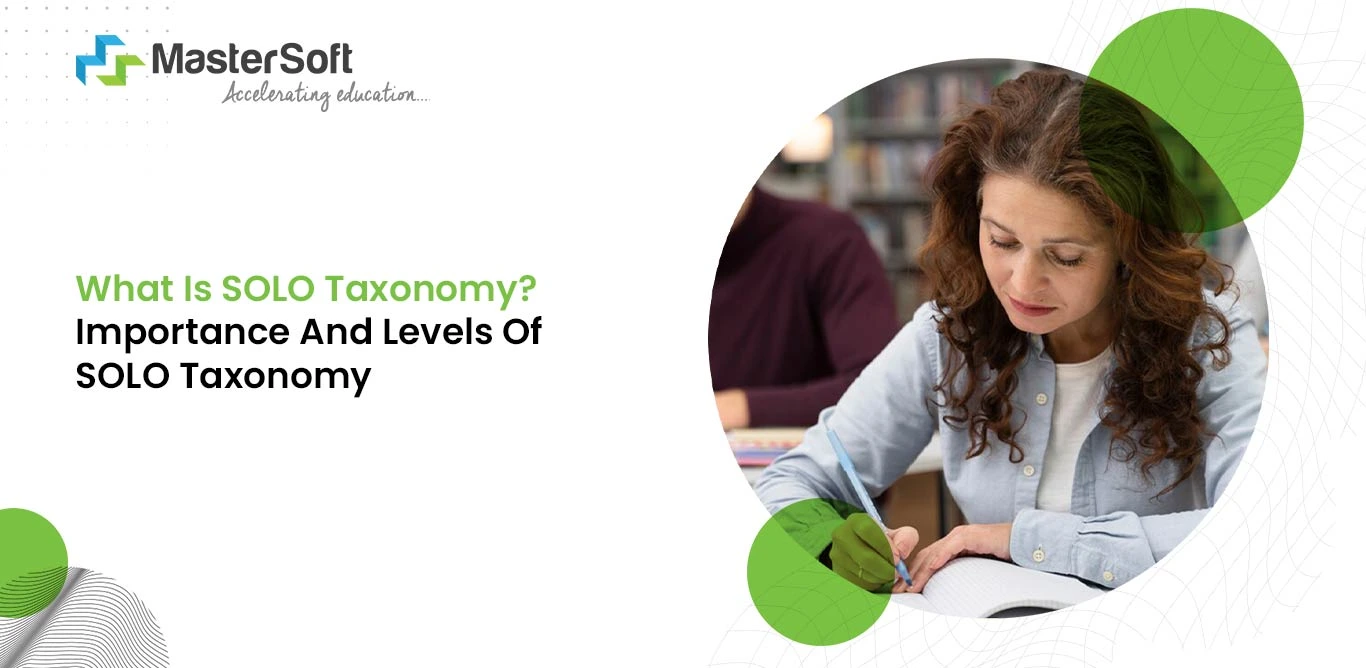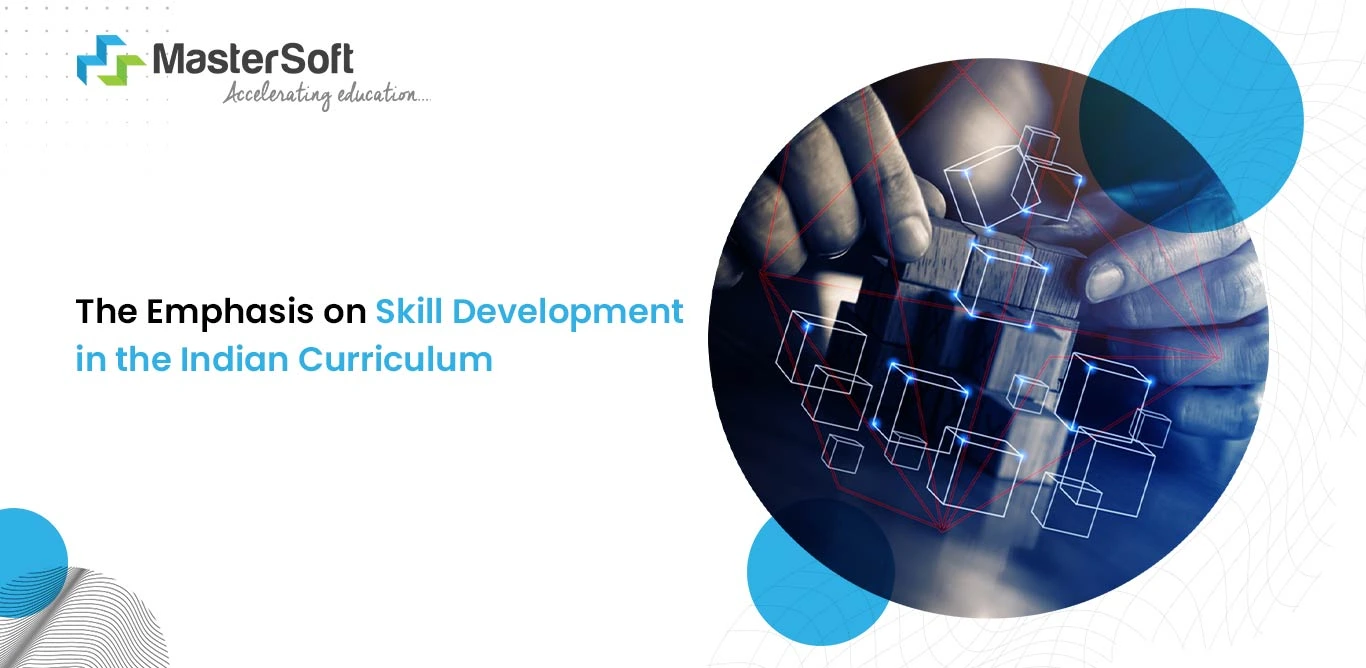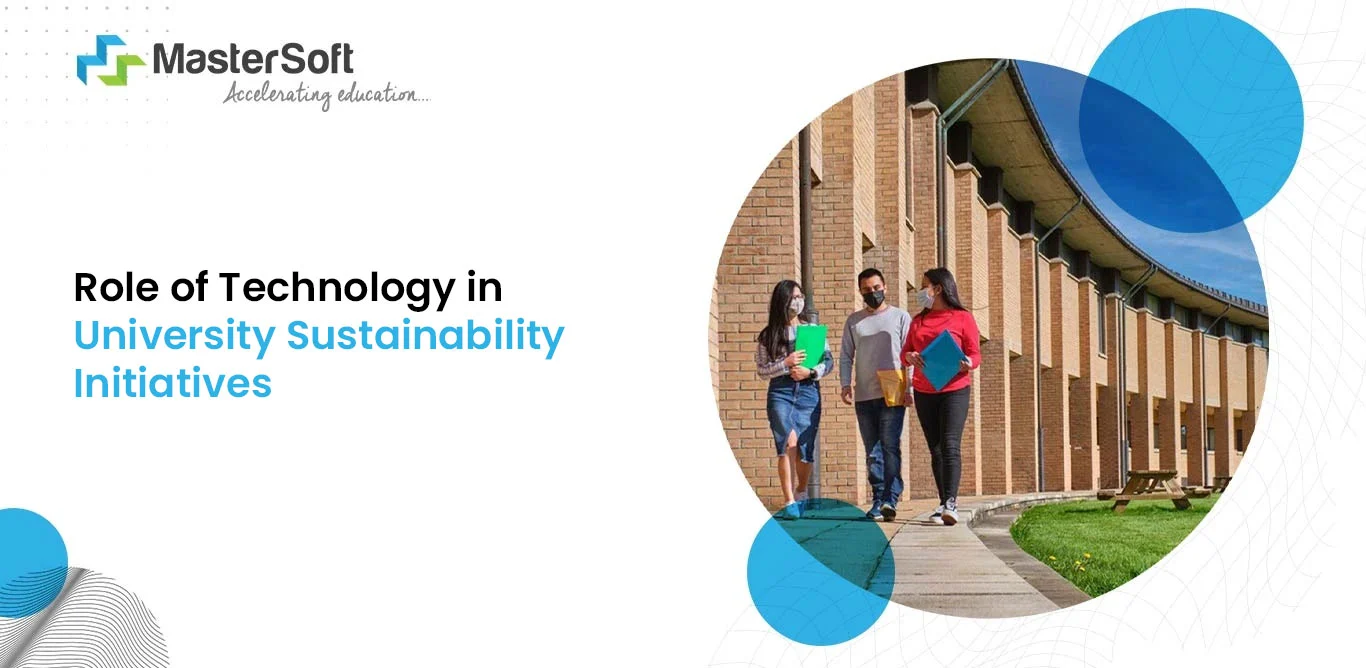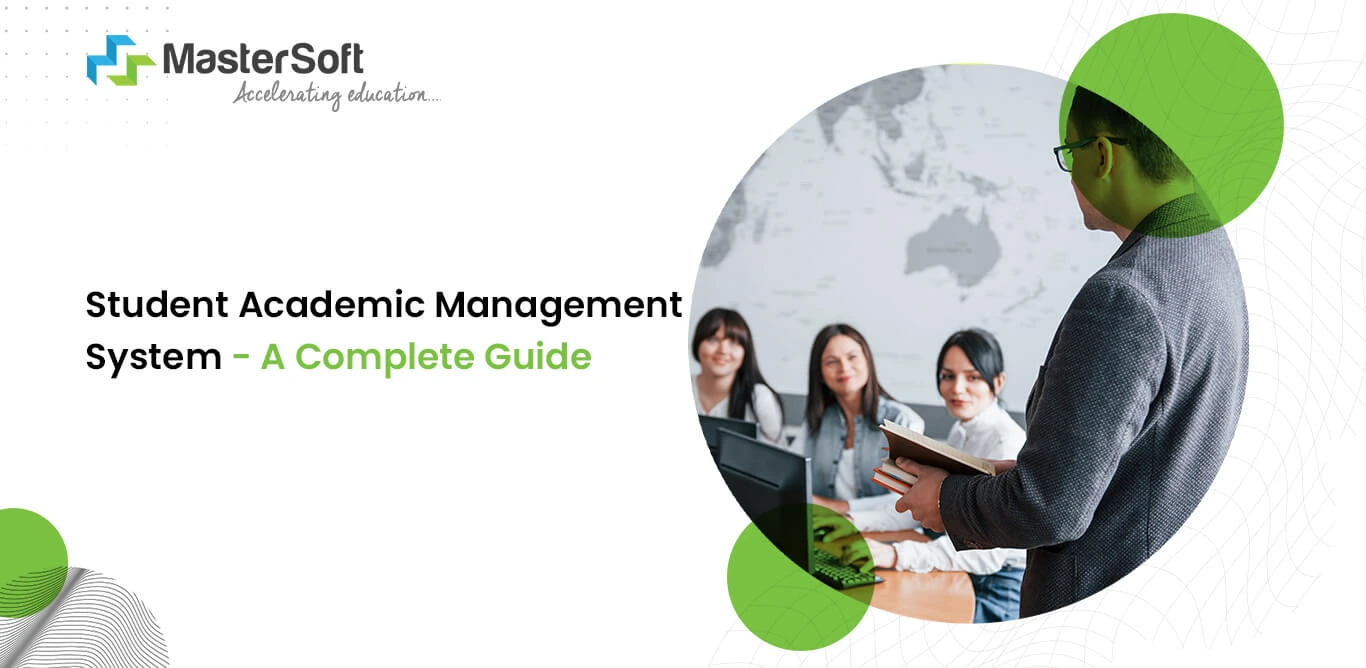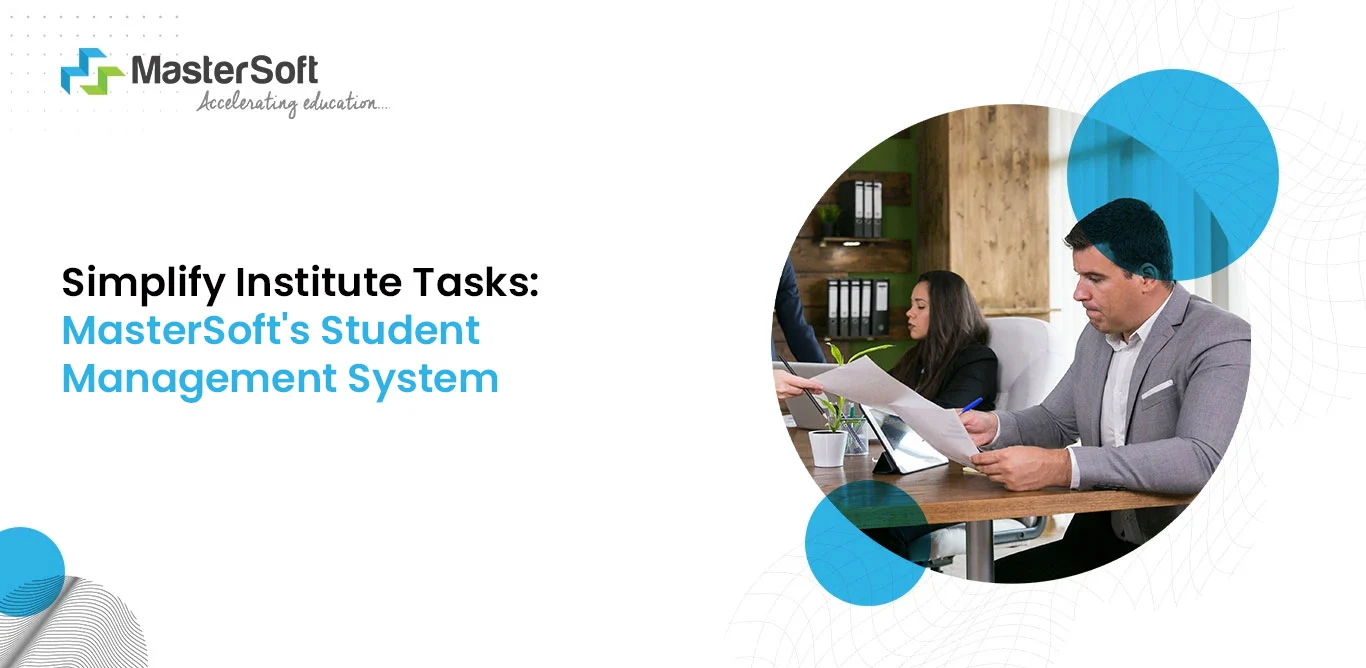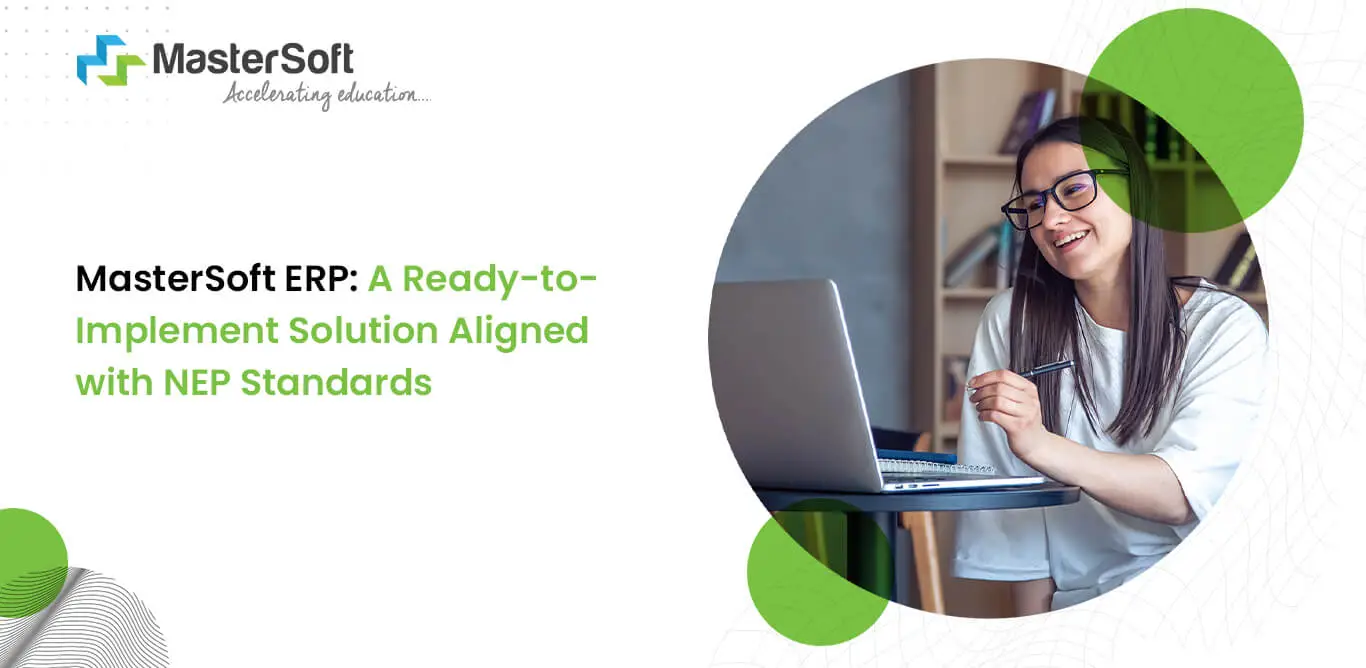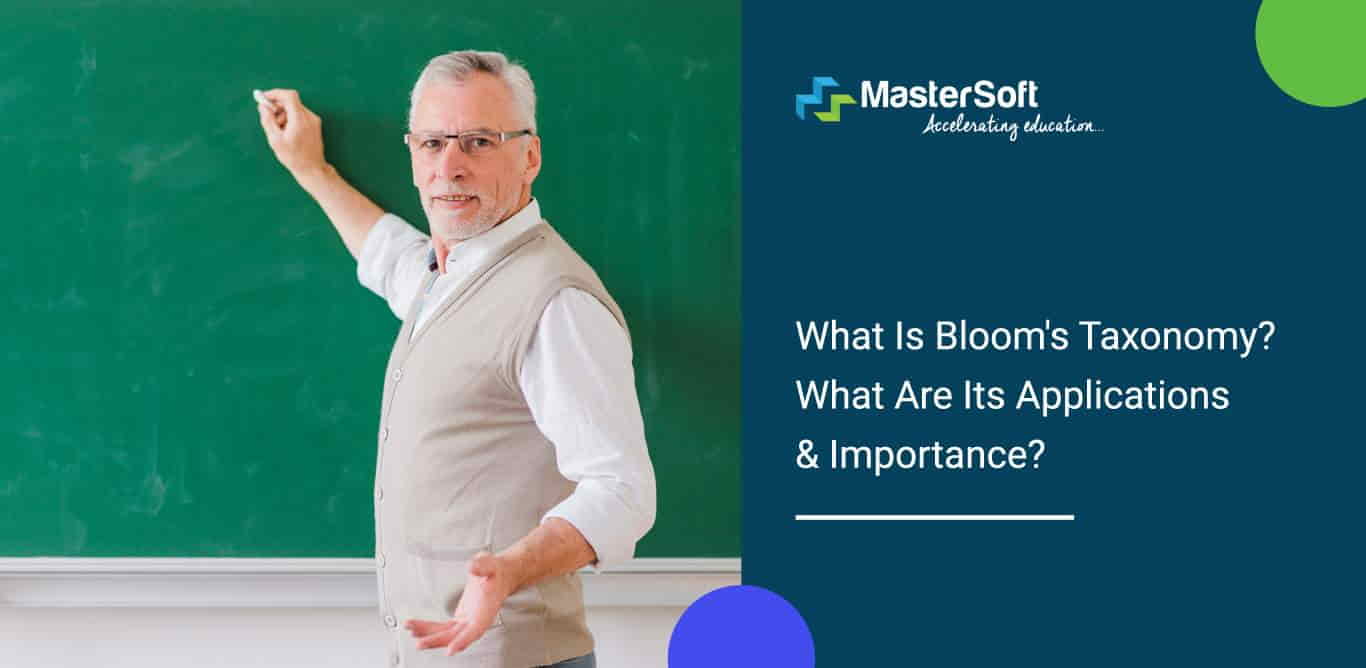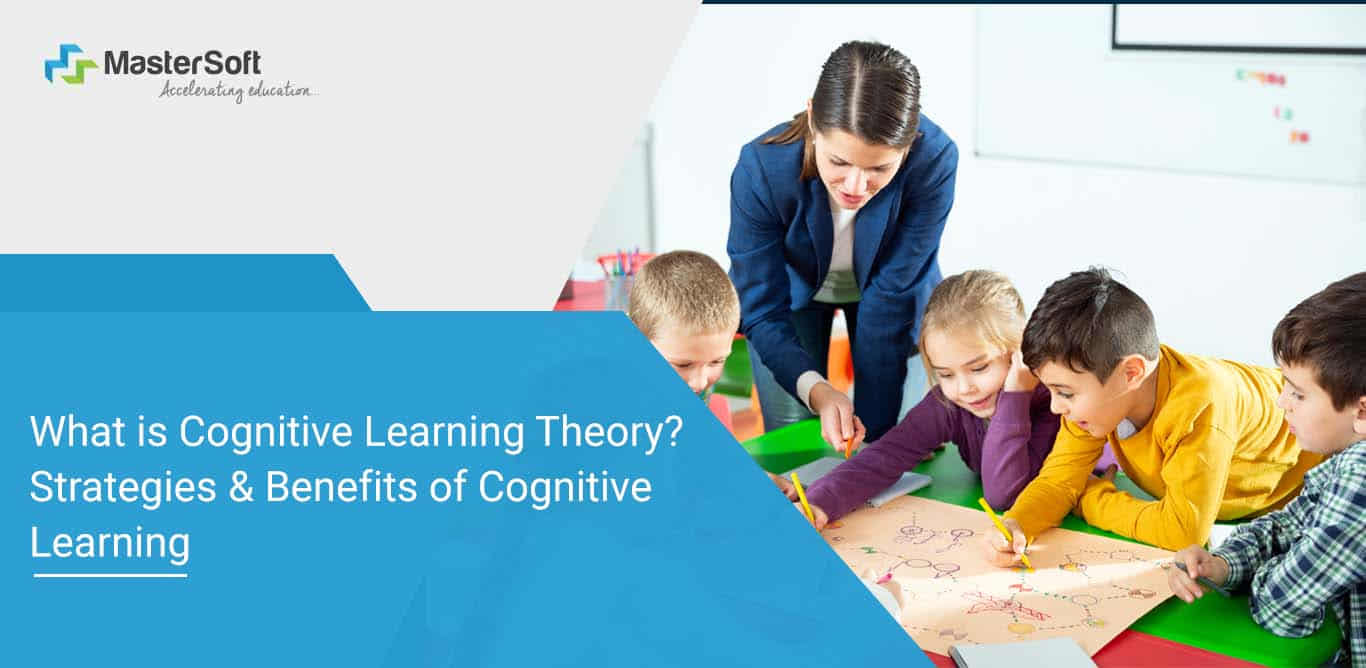03, March 2022
For the longest time, institutes relied upon the traditional way of teaching and normalized rote learning that never helped students intrinsically. Therefore, educators and scholars needed to implement changes that could help to transform the backdated education system. By recognising the major problems that students face and taking into account the institute’s shortcomings, they came up with unique strategies.
Part of their efforts was also concentrated on introducing a curriculum that was in sync with new pedagogy. But, most importantly, facilitating a learning and teaching system that encourages productive habits and instills self-learning practices became the need of the hour.
Strategic frameworks for learning and teaching methods became a guiding light for students and teachers alike. Consequently, Bloom’s taxonomy turned out to be one of the primary models that teachers and institutes depended upon, as it provided easy-to-comprehend learning objectives. Still, there is always room for improving the techniques and developing ways to help the education system fit students' requirements.
That is exactly what SOLO taxonomy does; it provides an alternative system to assess and evaluate the students’ comprehension of learning.
What is SOLO Taxonomy?
bSOLO taxonomy provides a measure of cognitive learning outcomes or understanding of thinking. It can be used across different subjects and types of assignments. Furthermore, the framework represents student learning of diverse materials in stages of ascending structural complexity. Also, these stages exhibit a similar sequence across tasks.
In 1982, Kevin Collis and John Biggs devised the SOLO taxonomy (Structure of Observed Learning Outcomes), which is an alternative to Bloom’s taxonomy. The framework serves to describe the levels of increasing complexity in a learner’s understanding of subjects or performance tasks.
What Can SOLO Taxonomy Be Used For?
The taxonomy can be used for :
- To increase the quality and complexity of thought by integrating relevant activities and innovative lesson deliveries in sync with the content.
- To establish learning objectives to provide students with clear and concise directives for achieving academic goals.
- To create assessment criteria that eventually guides students to prepare for exams and conduct tests as per standardised methods.
- To create and evaluate learning programs that would serve to boost self-confidence and motivation within students and ultimately help to achieve learning outcomes.
Bloom’s Taxonomy Vs SOLO Taxonomy
Bloom’s cognitive taxonomy is a traditional taxonomy that focuses on knowledge based on the judgements of educational administrators. whereas, SOLO is a concept about teaching and learning based on research on student learning.
Bloom’s taxonomy indicates that there is a significant relationship between the questions asked and their responses. While in SOLO taxonomy levels, both the questions and answers can have different levels.
Bloom’s taxonomy particularly differentiates ‘’knowledge’’ from the intellectual processes and abilities that function on the knowledge component. In stark contrast, the SOLO taxonomy essentially is based upon the processes of understanding used by the learners while responding to the prompts. Therefore, knowledge integrates across each level of the taxonomy.
According to Bloom’s taxonomy, the learning level can be measured according to the complexity level, and it also relates to a sequence of difficulties. But the SOLO framework does not require to increase difficulty.
Bloom’s taxonomy does not have any criteria for guessing the results of any activity, but SOLO taxonomy is beneficial for guessing the outcomes.
Improve your Institute’s Management along with Teaching- Learning Methods with MasterSoft!
Five Hierarchical Levels Of SOLO Taxonomy
1. Pre structural level
This is the initial stage, also known as the incompetent stage, where the learner does not know about the task or subject. At this particular stage, the student gets unconnected information, which makes no sense or organization. Therefore, the student is unable to understand the information and does not demonstrate any understanding either.
2. Unistructural level
At this stage, the learner gets to know just a single relevant aspect of a task or subject; the student gets a basic understanding of a concept or task. Therefore, a student is able to make easy and apparent connections, but he or she does not have any idea how significant that information be or not. In addition, the students’ response indicates a concrete understanding of the task, but it focuses on only one relevant aspect.
3. Multistructural level
At this stage, students gain an understanding of numerous relevant independent aspects. Despite understanding the relationship between different aspects, its relationship to the whole remains unclear. Suppose the teacher is teaching about several topics and ideas, the students can make varied connections, but they fail to understand the significance of the whole. The students’ responses are based on relevant aspects, but their responses are handled independently.
4. Relational level
This stage relates to aspects of knowledge combining to form a structure. By this stage, the student is able to understand the importance of different parts in relation to the whole. They are able to connect concepts and ideas, so it provides a coherent knowledge of the whole thing. Moreover, the students' response indicates an understanding of the task by combining all the parts, and they can demonstrate how each part contributes to the whole.
5. Extended abstract level
By this level, students are able to make connections within the provided task, and they also create connections beyond that. They develop the ability to transfer and generalise the concepts and principles from one subject area into a particular domain. Therefore, the students’ response indicates that they can conceptualise beyond the level of what has been taught. They are able to propose new concepts and ideas depending on their understanding of the task or subject taught.
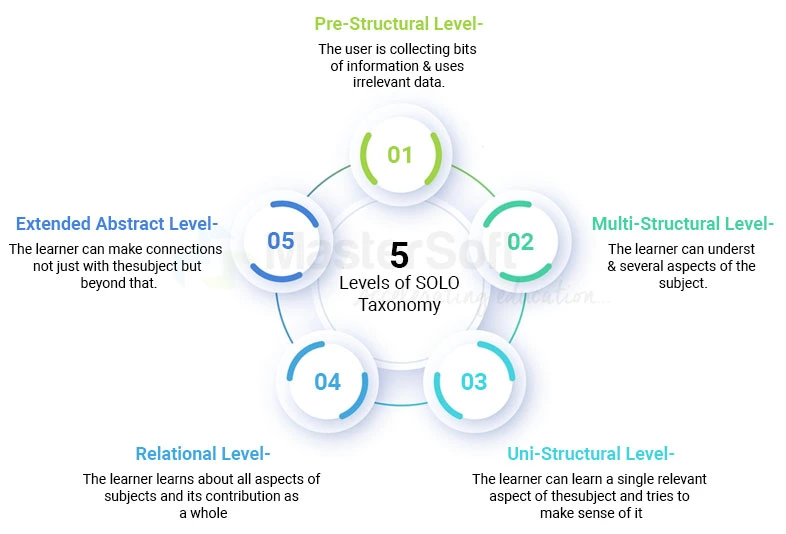
What Is Bloom's Taxonomy? Applications & Importance Of Bloom's Taxonomy
SOLO Taxonomy Examples
Written below are some of the verbs associated with each stage of SOLO taxonomy, along with a series of respective examples.
1. Prestructural level
Failed, successful, flunked, learner missed the point, failed to comprehend.
The students fail to execute the task due to a lack of understanding.
2. Unistructural level
Name, list, memorise, define, identify.
Example- What is the weather today?
3. Multistructural level
Define, describe, classify, combine, do algorithms. Example- List some of the clothes that we might need to wear today?
4. Relational
Explain, analyse, integrate, sequence, relate, apply, compare, contrast. Example- Which type of weather do you prefer? Explain your reasons. How does today’s weather compare with the weather at other times of the year?
5. Extended abstract
Evaluate, reflect, theorise, hypothesise, generalise, create and imagine. Example - what happens to the weather throughout the year? Describe the connection between the weather, the seasons, and where we are in the world?
Redefine the ways of teaching and learning in your institute using SOLO Taxonomy
Mobile: 08448010216
Email:info@mastersofterp.com

